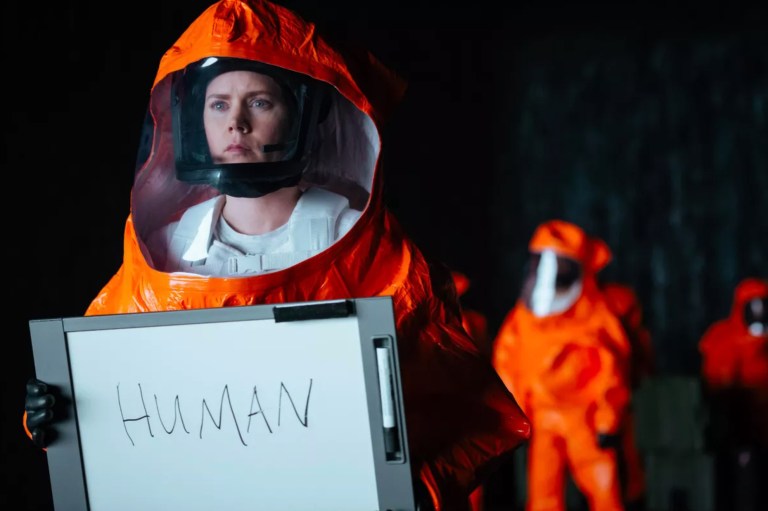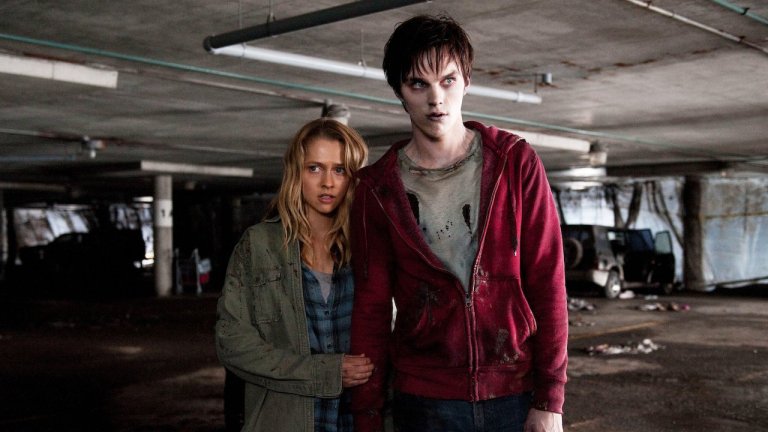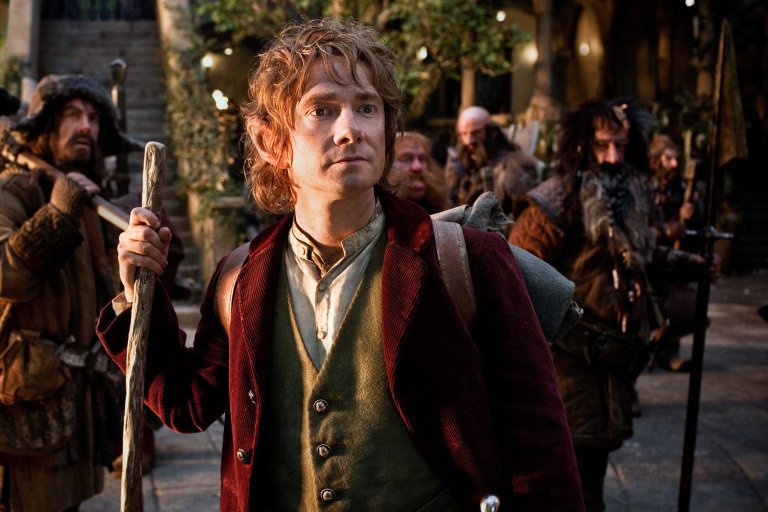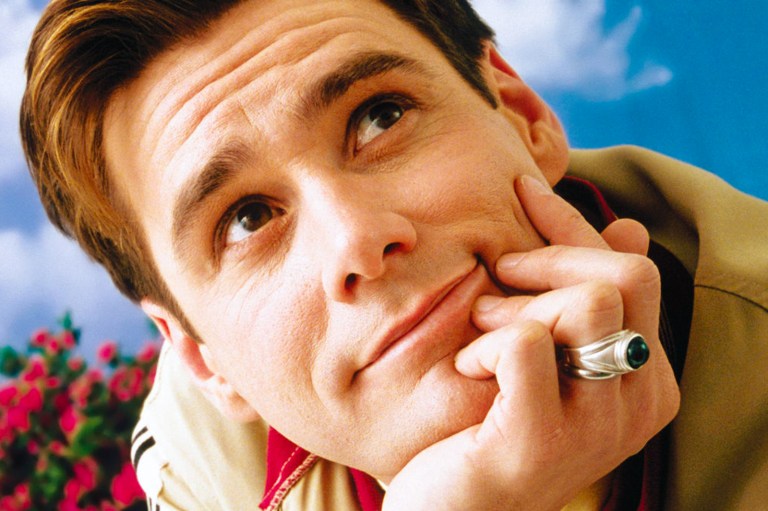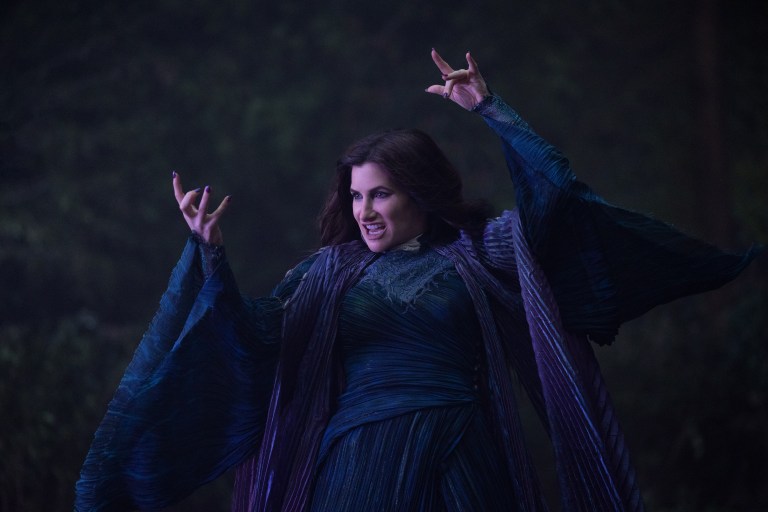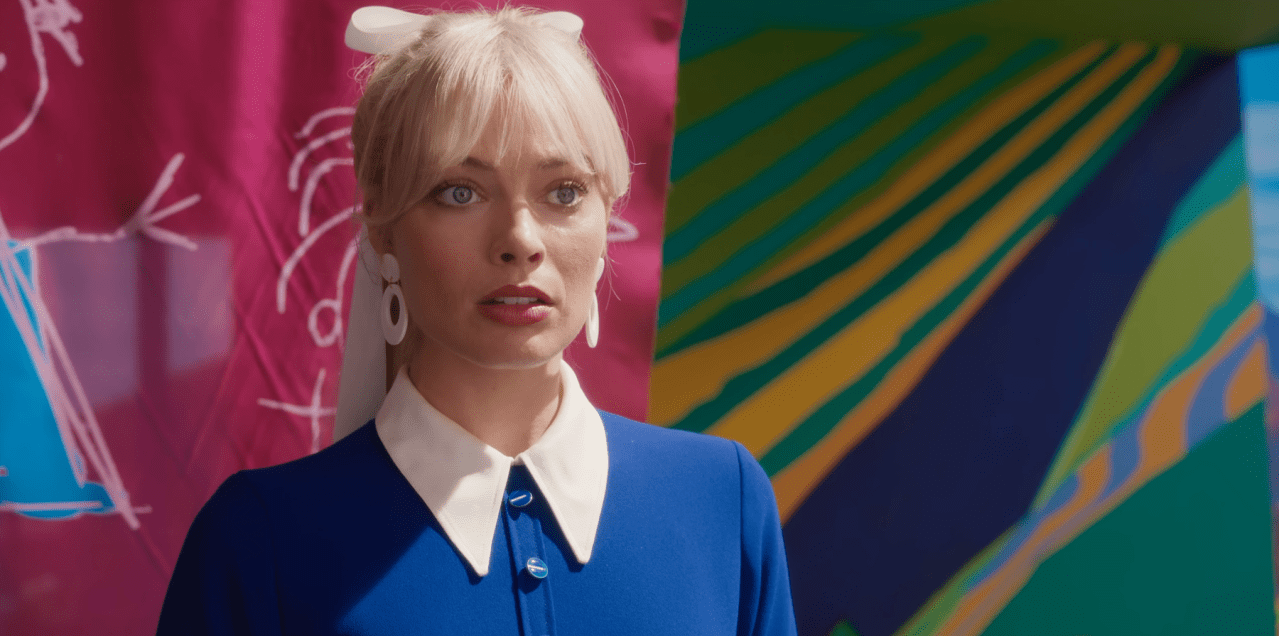
‘Barbie’ Review: An Existential Journey Wrapped in Plastic
In what is the most unyielding financial juggernaut of the summer, Barbie has dominated the box office for the last two weeks (with no signs of losing traction). It left Oppenheimer under the rear wheels of its hot pink Corvette and is shaping up to be the feel-good movie of the year. So, is it worth all the hype?
SPOILERS AHEAD.
With a powerhouse A-list cast, pop star cameos aplenty, and a brilliant marketing campaign (cladding everything in pink), Barbie was destined to be a hit. However, few expected it to be this big.
From the jump, Barbie approaches itself with an aggressive tongue-in-cheek attitude, knowing very well that this is a movie about stereotypes and evolution — emulating the dolls that have themselves changed over the years.
The opening montage parodying 2001: A Space Odyssey was both fun and insightful, setting the tone for what was to come. We exist in Barbie’s world of plastic and perfection. Women rule everything, there are no liquids, there are only glorious days, and the men are no more than window-dressing. They await recognition from any Barbie before they can come to life. The satire is not lost, even on younger audience members as the women-run world is fun and peaceful. The Kens cannot break their glass ceiling or get recognition away from the beach.
Margot Robbie is ideally cast as the lead and carries the film, but it is Ryan Gosling and Simu Liu as the antagonists who get all the best lines, costume changes, and musical numbers. In what is clearly a film about female empowerment, it is a superb mansplaining twist that the audience can only learn this lesson when men feel displaced and must fight for their voice in the spotlight.
It could go on like this and still be a hilarious film but things must change. Thanks to her human counterpart, Barbie suddenly has thoughts of death and inexplicable body alterations, prompting a trip to the human world to mend the space-time continuum with one of the Kens tagging along. This is the best part of the film.
The hilarious doll costumes on real people parading through Venice Beach (and the sudden self-awareness) take adult tones and express sexual archetypes in simplistic terms. Whether through the dealings of the very real world run by men, an excessive amount of Sylvester Stallone imagery, or lack of women in government, this is where both Barbie and Ken have their awakenings.
An invigorated Ken realizes he must seize power in support of the patriarchy and returns to dominate Barbieland with horses, muscle cars, and big-doll energy. As Barbieland is renamed Kendom and spirals into chaos, Barbie must accept that her world is not a reflection of reality.
As Kendom mirrors the human world more and more — as if entirely fueled by 80’s movies and Monster energy drinks — the other Barbies, including President Barbie (Issa Rae), Doctor Barbie (Alexandra Shipp), and Lawyer Barbie (Sharon Rooney) have all decided to become jobless, subservient dolls. They give their now masculine Kens plastic brewski beers and unplug their intelligence. This is all done very well and only offensive to those who don’t grasp irony.
The parody of the eternal power struggle of men vs. women is nailed over and over. Again, even in the human world, these points are hilariously summed up by Will Ferrell and his Mattell boardroom comprised entirely of middle-aged men…creating dolls exclusively for girls.
Complaints about this film and its male bashing are completely unwarranted. Everything is done with kid gloves, yet dealing with the truth of today’s world may be too real for some to swallow in a not-quite children’s movie. It’s hard to escape the overtones when they’re not subtle, as exemplified by the turning point of the plot.
This is when human Gloria (America Ferrera) travels to Kendom and gives a hard-hitting two-minute soliloquy on the double standards of existing as a woman, and wakes the rest of the Barbies out of their slump. This segment was definitely a bit much and could have been cut down to twenty seconds while still making the point. That’s the only moment when it felt like being clubbed over the head, but as a man, I’ll recognize that I need to be quiet and take my lumps.
The last third of the movie is great fun as the war between Kens turns into a West Side Story-style dance number, and everyone struggles to realize their own identities — when not someone else’s companion.
In what should be painful and exhausting messaging, it’s done with clever humor through bright-hued set decoration, impeccable wardrobe changes, and Ryan Gosling’s understated comedic ability as Ken, instead of “and Ken”. Writer / Director Greta Gerwig showed her capabilities in these moments and brought artfulness and style to a film that was, up to this point, mostly poppy fun dominated by design and wardrobe.
The last few minutes do fall flat, however, as we are forced into a film school montage of girls being girls as Rhea Perlman, the creator of Barbie, allows Margot Robbie to become real. This really steps on the high energy of the ending and adds even more reinforcement to messaging that the audience has already received twice over.
Overall, the through-points of the movie are positive. It’s a great family film with enough jokes and lightheartedness to warrant some summer movie dollars. It likely won’t win any Oscars, but it’s good for all kids to learn about the power of identity and for adults to realize that while novel in its time, Barbie was always meant to be a superficial toy, which is what makes this movie fun.
